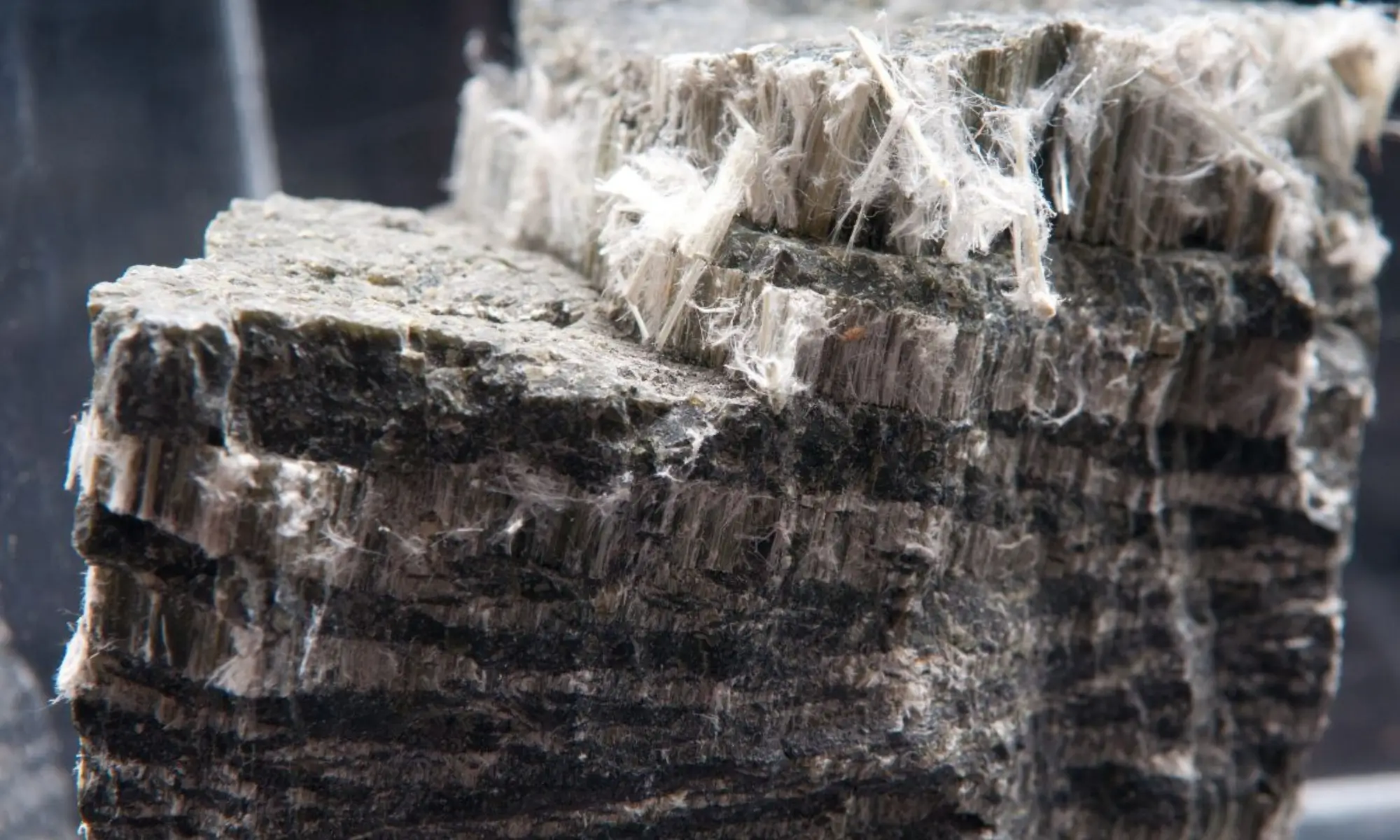Asbestos is a naturally occurring mineral once widely used in building materials for its fire resistance, durability, and insulating properties. However, asbestos is also highly carcinogenic, with exposure linked to serious diseases such as mesothelioma, asbestosis, and lung cancer. Asbestos-containing materials (ACMs) fall into two broad categories: friable and non-friable. Understanding the difference between these two types is essential for anyone concerned with asbestos safety, whether in home renovation or industrial settings.
What is Friable Asbestos?
Friable asbestos refers to any asbestos-containing material that can be easily crumbled, pulverized, or reduced to powder by hand pressure. When these materials are disturbed, they release tiny asbestos fibers into the air, where they can be inhaled or ingested. This airborne asbestos poses a significant health risk, as the fibers can remain in the lungs for years, leading to severe respiratory conditions.
Common examples of friable asbestos include:
- Pipe lagging (insulation)
- Sprayed-on insulation
- Asbestos-containing plaster
- Popcorn ceilings
- Ceiling tiles and other thermal insulation products
Friable asbestos is particularly hazardous because of how easily it can be broken down into fine particles. The high concentration of asbestos fibers in these materials—often as high as 100% in some older products—makes them highly dangerous if disturbed.
What is Non-Friable Asbestos?
Non-friable asbestos materials, also known as bonded asbestos, are more durable and less likely to release fibers into the air under normal conditions. The asbestos fibers are tightly bound within a solid matrix, such as cement, making it less likely for them to break apart.
Examples of non-friable asbestos materials include:
- Asbestos cement sheeting
- Vinyl asbestos floor tiles
- Roofing felt
- Gaskets and bitumen products
- Molded asbestos products, like pipes
While non-friable asbestos poses a lower risk of fiber release, it can still become dangerous if damaged, weathered, or disturbed through activities like drilling, cutting, or grinding. Over time, non-friable asbestos can degrade or be subject to mechanical or environmental stresses that cause it to become friable, thus releasing harmful fibers.

Key Differences Between Friable and Non-Friable Asbestos
Physical Structure:
- Friable asbestos is loose, flaky, and can be crushed easily by hand. The fibers are not tightly bound, making it highly dangerous.
- Non-friable asbestos is rigid and solid, with fibers bound by materials such as cement or resin. It is more durable and safer under normal conditions.
Risk of Exposure:
- Friable asbestos is much more likely to release fibers into the air when disturbed, posing an immediate health risk.
- Non-friable asbestos is safer as long as it remains undamaged. However, if it deteriorates or is disrupted, it can become friable and release fibers.
Legal Status and Regulation:
- Friable asbestos is tightly regulated, with its use mostly banned since 1978 in many countries due to its high risk.
- Non-friable asbestos is still used in some products today because of its lower risk, though strict guidelines exist for its handling and disposal.
Application:
- Friable asbestos was used primarily in insulation, soundproofing, and fireproofing materials in both commercial and residential settings.
- Non-friable asbestos has been commonly used in construction materials like roofing, siding, and flooring.
Health Risks Associated with Asbestos Exposure
Both friable and non-friable asbestos pose serious health risks. The inhalation of asbestos fibers can lead to the development of fatal diseases, including:
- Mesothelioma: A rare and aggressive cancer that primarily affects the lining of the lungs, heart, or abdomen.
- Asbestosis: A chronic lung disease caused by prolonged exposure to asbestos, leading to scarring of lung tissue and difficulty breathing.
- Lung Cancer: Long-term exposure to asbestos can lead to lung cancer, especially in individuals who smoke.
- Other Cancers: Asbestos exposure has also been linked to cancers of the colon, esophagus, stomach, larynx, and kidneys.
How to Handle Friable and Non-Friable Asbestos
Due to the risks associated with asbestos exposure, handling asbestos-containing materials should always be approached with caution. Here are some key guidelines:
- Never attempt to handle friable asbestos yourself: If you suspect that friable asbestos is present in your home or workplace, do not disturb it. Even minimal handling can cause fibers to become airborne.
- Hire a licensed professional: Removal or remediation of asbestos should only be conducted by trained professionals who can safely contain or remove the material following local regulations and safety standards.
- Non-friable asbestos can often be left in place if it is undamaged. However, if the material is deteriorating or likely to be disturbed, it should be professionally removed or enclosed to prevent future risk.
- Enclosure or encapsulation: In cases where asbestos cannot be removed, enclosing it with airtight materials like plastic sheeting or applying a new bonding agent can help minimize the release of fibers.
- Regulatory Compliance: Regulations around the removal, transport, and disposal of asbestos vary by location. Ensure that you follow local laws and the guidelines set out by agencies such as the Environmental Protection Agency (EPA) or Occupational Safety and Health Administration (OSHA).
Conclusion
Both friable and non-friable asbestos are dangerous when fibers are released into the air. Friable asbestos, being more fragile and easily disturbed, poses a much higher immediate risk than non-friable asbestos. However, non-friable asbestos can also become friable over time due to damage or wear and tear, highlighting the importance of vigilance and professional handling of any asbestos-containing materials.
If you suspect asbestos in your environment, it is crucial to seek professional testing and, if necessary, removal services to protect your health and that of others. Whether friable or non-friable, asbestos is a hazardous material that requires serious attention and care.

